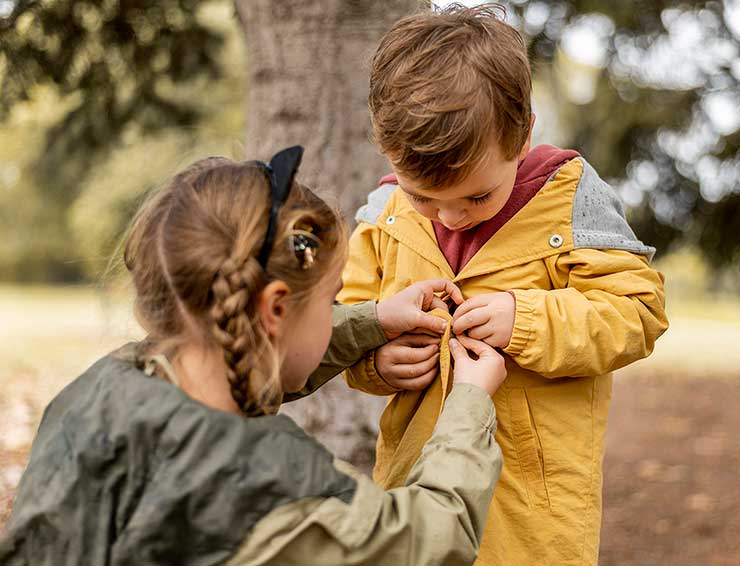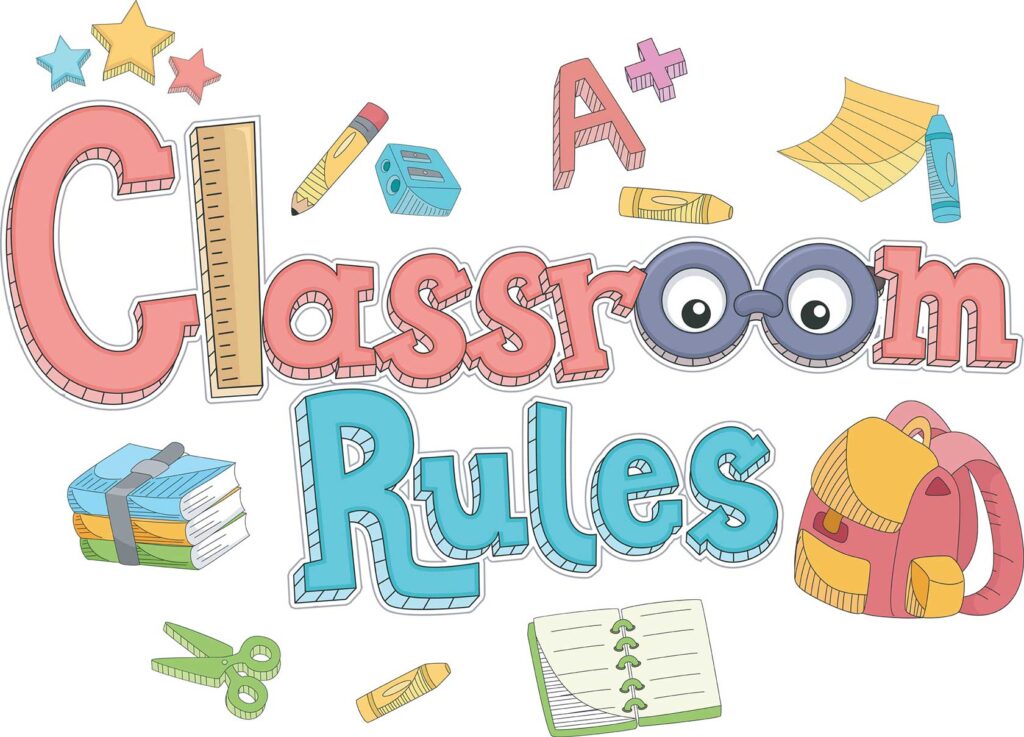Written by Trudy Ludwig, illustrated by Patrice Barton, published by Rhus Children’s Books
The Invisible Boy by Trudy Ludwig is a touching story that highlights the importance of kindness, inclusion, and empathy. Brian, a quiet and overlooked boy, often feels invisible among his classmates—until a new student, Justin, arrives and helps him find his voice. Through expressive illustrations and a heartfelt narrative, the story encourages children to recognise the impact of their actions and words in making others feel valued.
This book provides an opportunity for children to practise personal and social skills to interact respectfully with others (AC9HPFP02 – Foundation Year, Health and Physical Education). By identifying characters who have been excluded, exploring the reasons behind their exclusion, and discussing how others could have been more inclusive, The Invisible Boy fosters discussions on empathy and belonging. A powerful resource for developing emotional intelligence, this story encourages young readers to build inclusive and compassionate relationships.









Leave a Reply